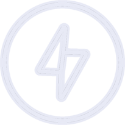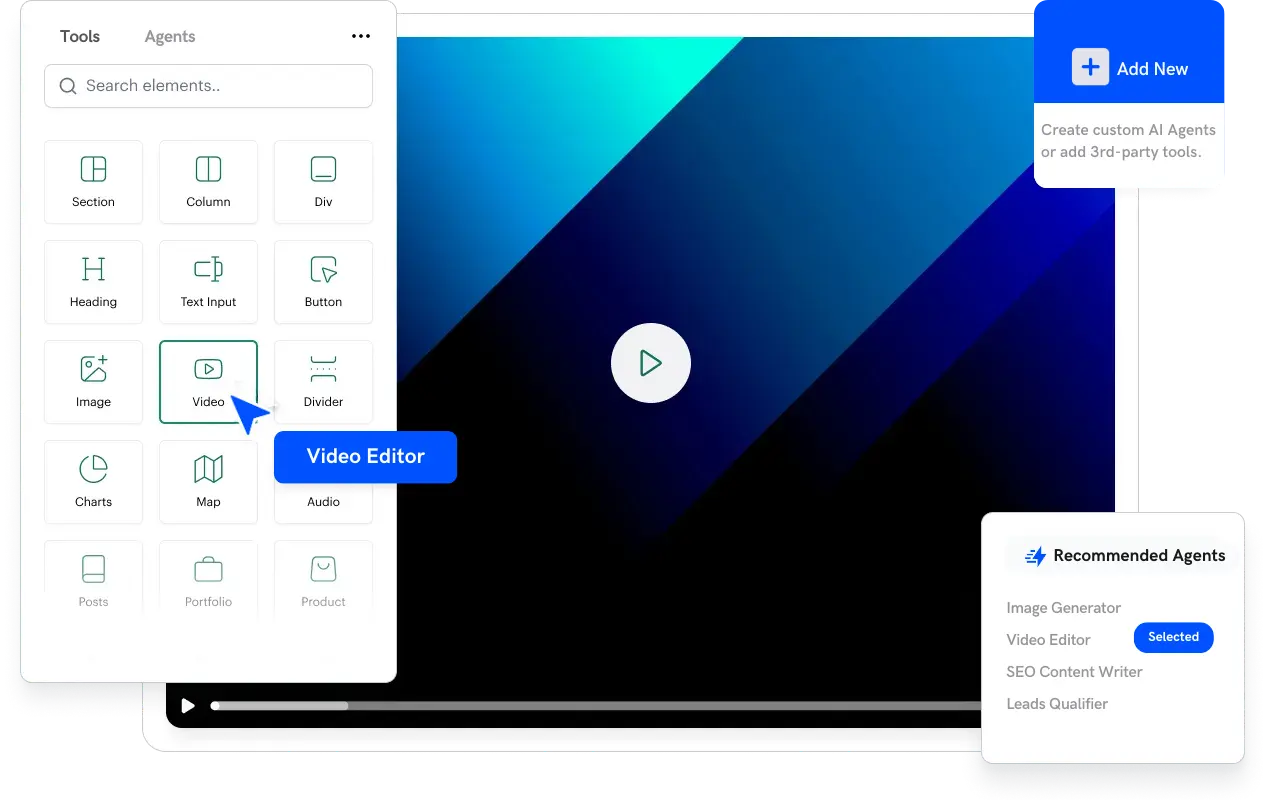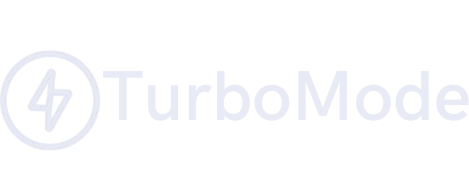Introduction
Managing projects across distributed teams presents a unique set of challenges, particularly when it comes to tracking progress and meeting deadlines. Traditional project management methods often fall short in providing real-time insights and coordination across multiple locations and time zones. AI-powered project tracking systems are redefining this landscape by offering real-time monitoring, automated updates, and data-driven insights to keep distributed teams on track. Research from Gartner shows that organizations using AI to manage projects can improve on-time delivery by up to 30%. This article explores the functionalities, benefits, and best practices of AI-powered project tracking, and explains how TurboMode AI enhances these systems by transforming discussions into actionable tasks.
How AI-Powered Project Tracking Works
- Real-Time Data Integration:
AI tools gather data from various sources (time tracking, communications, project management tools) to form a cohesive, real-time picture of project status. - Automated Progress Updates:
As tasks are completed, updates are automatically recorded and visible on centralized dashboards. - Predictive Analytics:
Machine learning models analyze historical data and current performance to predict potential delays or bottlenecks. - Collaboration Enhancement:
AI-powered notifications and alerts ensure that all team members are informed of changes in project status, deadlines, and priority shifts.
TurboMode AI Spotlight
TurboMode AI works in tandem with project tracking tools by extracting actionable items from meetings and communications and turning them into tasks. This ensures nothing important is overlooked, and that project updates are seamlessly integrated into your workflow.
“We’re shifting the game from managing work to getting work done.”
Boost your distributed project success—book a demo today.
Key Benefits of AI-Powered Project Tracking
- Enhanced Visibility:
Real-time dashboards offer complete transparency into project progress, enabling proactive management. - Improved Accountability:
Automated tracking ensures that every task is assigned and monitored, reducing the risk of missed deadlines. - Optimized Resource Allocation:
Predictive analytics help reallocate resources to address impending delays or bottlenecks. - Streamlined Communication:
Automated alerts and notifications keep all team members aligned, facilitating smoother collaboration across geographic boundaries.
Implementation Strategies
- Centralize Data:
Integrate data from all your project management tools and communication channels into a single dashboard. - Set Clear KPIs:
Define key performance indicators—such as task completion rates, deadlines met, and resource utilization—to measure project success. - Pilot the System:
Start with one or two projects to test system accuracy and gather feedback before rolling out organization-wide. - Train Your Team:
Provide training on how to interpret dashboard data and use predictive analytics to adjust project plans. - Leverage Feedback Loops:
Regularly analyze project outcomes and refine your tracking models to ensure continuous improvement.
Case Studies and Research Insights
A global software company implemented an AI-powered project tracking system that reduced project delays by 25% and improved overall team coordination. In another example, a distributed engineering team used predictive analytics to forecast project bottlenecks, resulting in more timely interventions and a 15% increase in on-time deliveries.
Challenges and Mitigation
- Integration with Existing Tools:
Seamless integration is critical—ensure your chosen solution works with your current software. - Data Accuracy:
The reliability of predictive analytics depends on accurate, up-to-date data—regular audits are necessary. - User Adoption:
Overcome resistance through training and by demonstrating clear productivity benefits. - Scalability:
Ensure that the system can scale as your projects and teams grow.
Future Trends
- Enhanced Predictive Models:
Future systems will leverage deeper learning algorithms to improve delay forecasts. - Integration with IoT and Wearables:
More data points from IoT devices could provide even richer insights into team performance. - Improved Collaboration Tools:
Further integration with communication platforms will enhance real-time collaboration even more.
Conclusion
AI-powered project tracking provides critical insights that help distributed teams maintain focus, meet deadlines, and optimize resource allocation. When paired with TurboMode AI, which seamlessly converts conversation into actionable tasks, these tools ensure that every project detail is captured and addressed in real time. Embrace AI-driven project tracking to streamline your workflow and boost your distributed team’s productivity—book a demo today.






